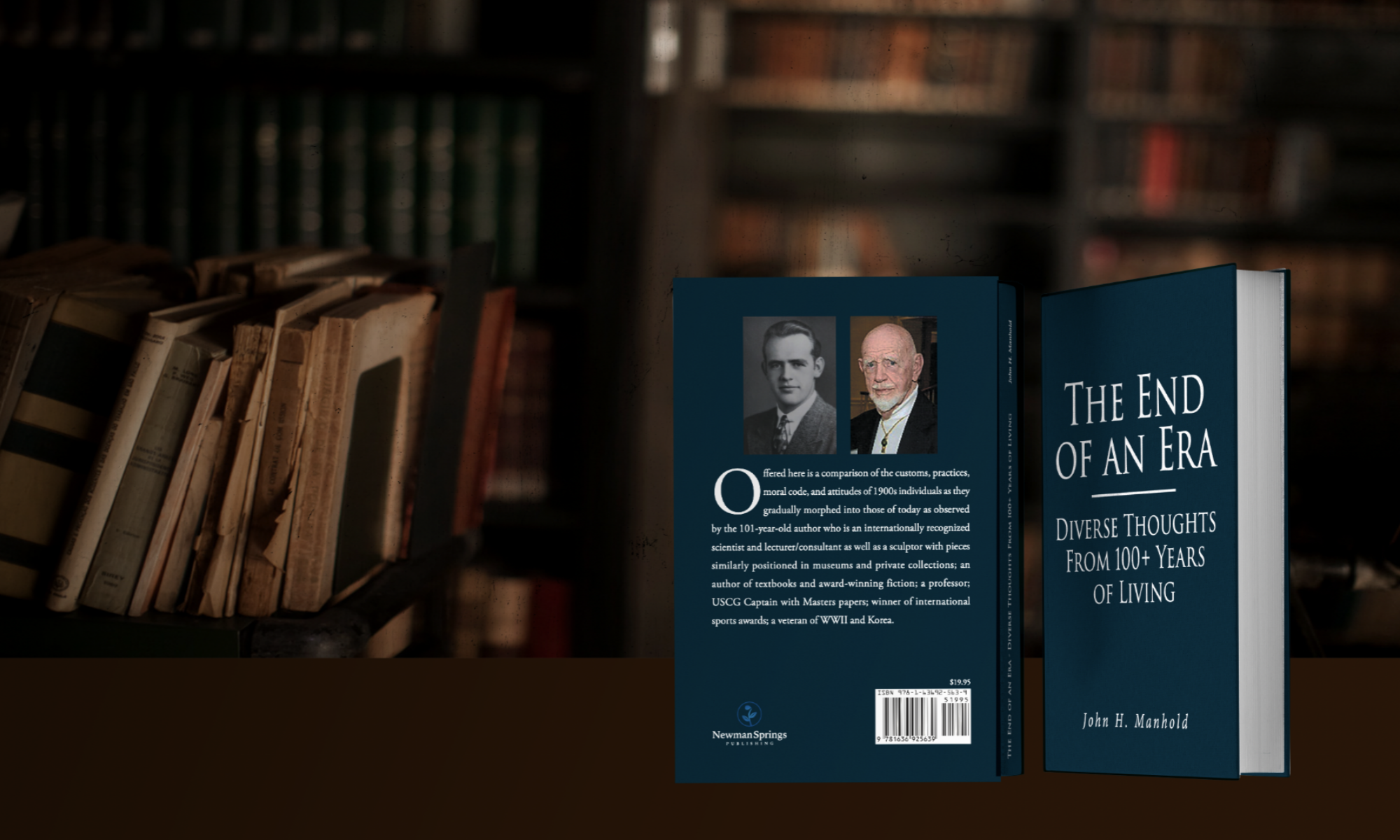STARS on the Oriental Corridor ISBN: 9781733957144 Seacoast Press copyright and written by Young-Tae Kim.
According to the author’s preface, this Book 1: Heaven, has resulted from a series of short stories written/published in Korean, rewritten and published in 2010 in six volumes, revised into two books in 2016 before rewriting and publishing in this English version in 2019. The stories detail the activities of heroes and heroines who led their countries in politics, war, fertile fields, religions, sciences, industries and arts. Certain of the tales also concentrate on the deities various tribes/small countries worshiped and the interrelationships among the various units as they continued to grow, inhabit and unify the Korean peninsula.
Discussion: Many of the stories have charming elements and are set forth in a rather quaint fashion especially when employing modern verbalization to describe activity. In Chapter 1, description is provided of two tribe/small country leaders engaging in individual combat as the designated leader of the people of their country, a sensible form of warfare often employed in earlier times that saved many lives. Chapter 2 follows these inhabitants after a successful period has followed the union and they became interested in perpetuating the dynasty. Thus the King’s advisor addresses him: “Your Majesty, now that our country has become stable all in out, people are each doing his or her role very well. We have no problem in our country except for one thing. As we do not have our queen to become mother of the country. It is imminent for Your Majesty to get married.” Other similarly quaint verbalization occurs throughout; e.g. “Give your order to me. I will accomplish your order doing my best.”
Other than these interesting and often amusing features, however, it is this reviewer’s thought that much of this book is directed toward, and will be enjoyed most, by Koreans and other Asian peoples as well as other historians who are interested in the years preceding the AD 7th century. It contains a plethora of material pertinent to through and down the Korean Peninsula. The manner of presentation, especially after that set forth in the introductory material described, makes the overall presentation seemingly somewhat complexly arranged. After the primary material follows an anticipated pattern. Directly thereafter, the reader is presented with “NINIGI-NO-MIKOTO AND PRINCESS OF GAYA (2nd volume of “Stars on the Oriental Corridor”)” divided into several chapters; These, in turn followed by “Gods of WA (Ancient Japan) (The 3rd volume of “Stars on the Oriental Corridor”)”; the 4th; 5th; 6th through 9th – each similarly divided into several chapters and following the progress of other groups of Orientals. The book terminates with a relisting of the volume’s contents.
Summary: An interesting presentation of assumedly well assembled for those interested in early history of Asian people. Regrettably the seemingly dual explanations of its assembly was not particularly well-received by this reader. However the entire manuscript can be most enlightening for any reader with an interest in the subject matter.
3* 4* pre- 7th Century AD Asian History with quaint/charming areas; 3*- probably for most Americans.
